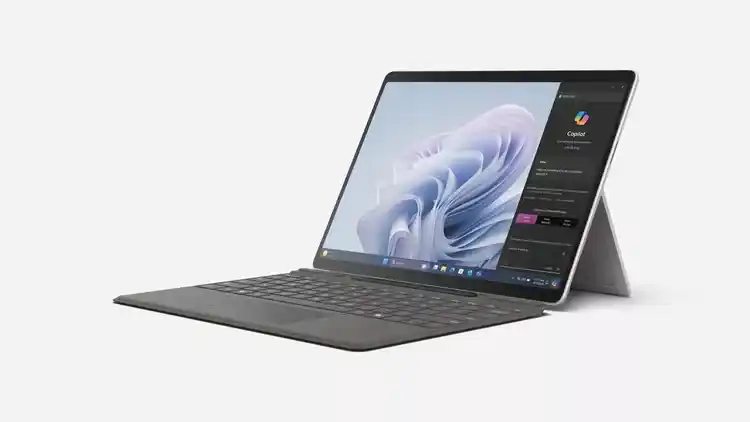Table of Contents
Microsoft is preparing to unveil a new generation of Windows on Arm laptops powered by Qualcomm’s upcoming Snapdragon X Elite processors. The company is confident that these new devices will outperform Apple’s M3-powered MacBook Air in terms of CPU performance, AI-accelerated tasks, and even app emulation. This marks a significant shift for Windows on Arm Laptops, which has historically struggled to compete with traditional x86-based laptops due to performance limitations and compatibility issues.
Microsoft Bets on Qualcomm’s Snapdragon X Elite Processors
For years, Microsoft has been trying to establish Windows on Arm Laptops as a viable alternative to Intel-powered machines. However, earlier attempts were hampered by underwhelming performance from Qualcomm’s processors. This time around, Microsoft seems confident that the Snapdragon X Elite processors will finally deliver the performance it needs to take Windows on Arm mainstream.

The company is planning a series of demonstrations showcasing how these new processors will outperform the M3 MacBook Air in various areas. Internal documents seen by The Verge claim that Windows on Arm PCs with Snapdragon X Elite chips will boast “faster app-emulation than Rosetta 2,” the application compatibility layer used on Apple Silicon Macs. App emulation has been a major hurdle for Windows on Arm in the past, but Microsoft’s claims suggest significant improvements in this area.
New Features and Capabilities for Windows on Arm Laptops
Microsoft is also introducing a range of new AI-powered features specifically designed for Windows on Arm laptops. These features include:
- AI Explorer: This app acts as a timeline that allows users to search and retrieve anything they’ve ever seen or done on their device. It essentially functions like an improved version of the Timeline feature removed from Windows 10. Unlike Timeline, AI Explorer leverages the Neural Processing Unit (NPU) on the Snapdragon X Elite processors to scan through a comprehensive record of user activity. This enables it to work seamlessly with any Windows app, helping users recall past work or information.
- Enhanced Video Streaming: Microsoft is developing a new AI-powered feature specifically for video streaming on Windows on Arm devices. This feature aims to improve video quality and overall streaming experience.
- AI-powered Creativity Tools: These laptops will come with built-in features that allow users to create images with AI models and access Windows Studio Effects for background blurring and other visual enhancements.
A New Era for Windows on Arm?
Qualcomm is equally confident in the capabilities of its Snapdragon X Elite processors. The company has reportedly shared benchmark results showing these processors outperform Apple’s M2 chip and Intel’s latest Core Ultra 7 chips in many areas. Qualcomm also claims that most Windows games should run flawlessly on these upcoming Arm laptops, potentially paving the way for Arm-powered gaming devices in the future.
Microsoft’s official unveiling of its next-generation AI PCs is scheduled for May 20th, followed by its annual Build Developers conference. This event will likely provide a deeper dive into the company’s vision for AI integration across hardware and software, with Windows on Arm playing a central role.
Microsoft reportedly aims for a “Copilot for every person” approach, echoing its historic “PC in every home” vision. The company reportedly expects that 50% of new Windows devices will be equipped with AI-capable chips by the end of 2026, signifying a major push towards AI-powered computing experiences.
Consumers can expect to see a wave of new Windows on Arm laptops powered by Qualcomm’s Snapdragon X Elite processors launch in June, following Microsoft’s AI PC reveal in May. This marks a significant turning point for Windows on Arm, with Microsoft aiming to deliver powerful performance, improved app compatibility, and innovative AI-powered features that could potentially redefine the future of personal computing.